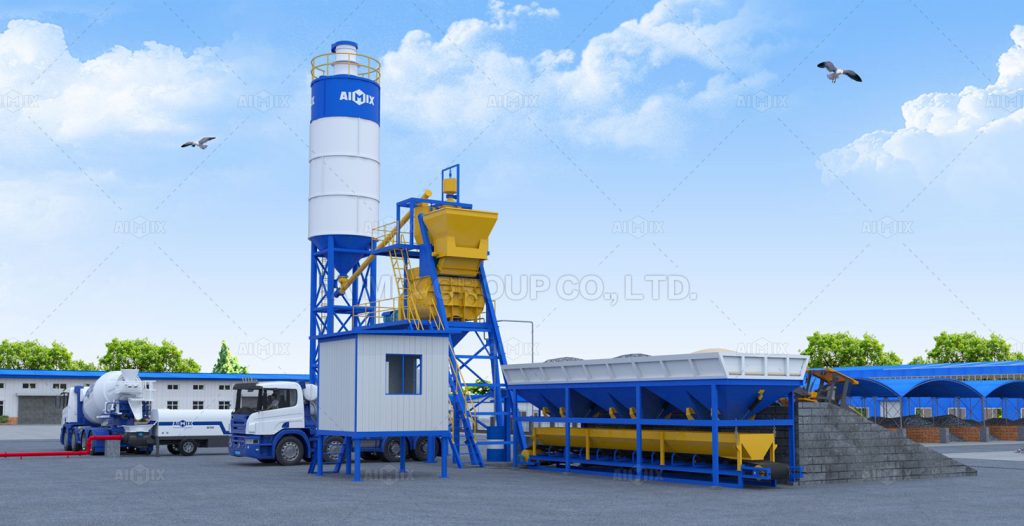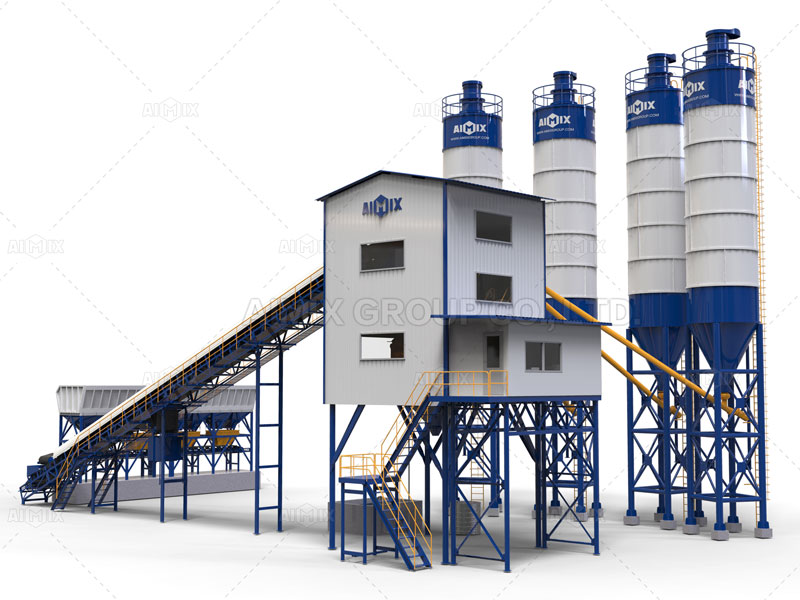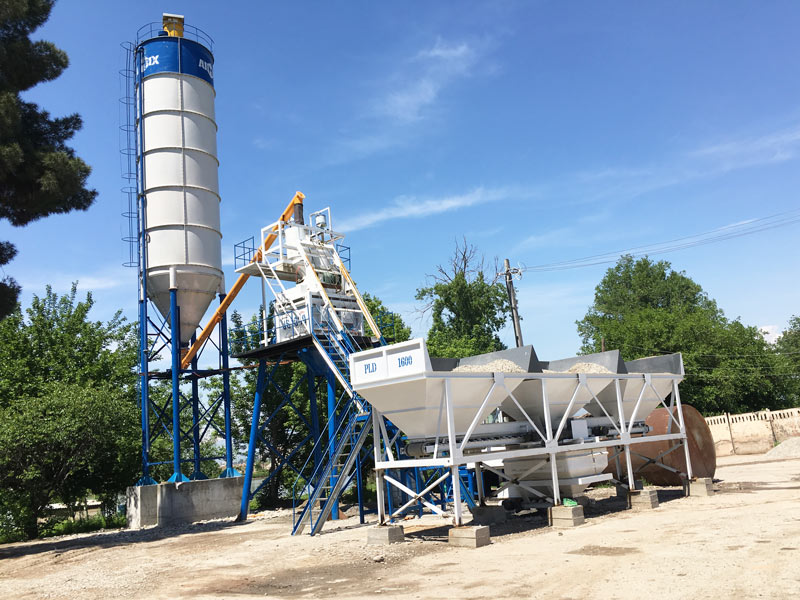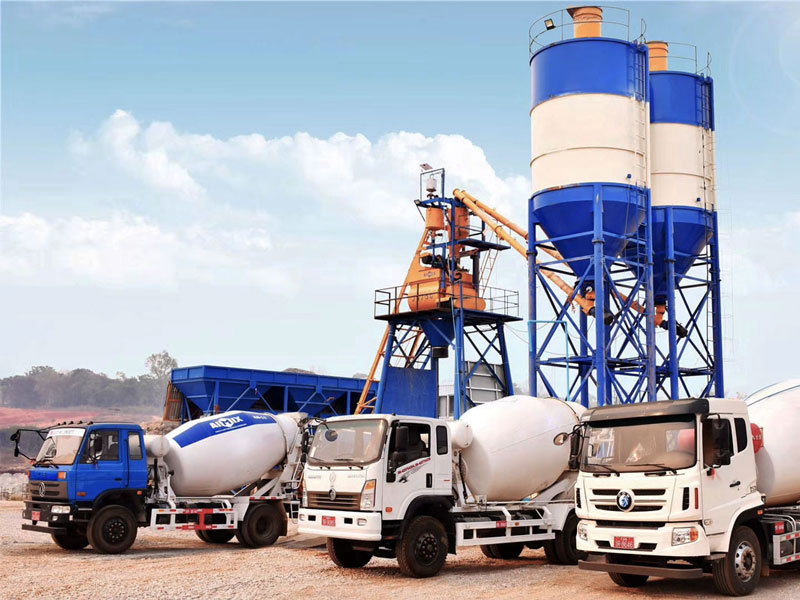Building a concrete plant is a substantial investment in the construction industry, and a thorough understanding of the costs involved is paramount for successful project planning. In this comprehensive exploration, we will delve into various facets of constructing a concrete plant, encompassing its definition, the factors influencing costs, and key considerations for selecting the most suitable plant for specific project requirements.

What is a Concrete Plant?
A concrete plant, also known as a batching plant, is a specialized facility designed for the production of concrete. This process involves the precise combination of essential ingredients such as water, aggregates, cement, and additives. The systematic mixing and efficient delivery of concrete make these plants indispensable for construction projects of varying scales and complexities.

Factors Influencing the Cost
1. Plant Capacity
The capacity of a concrete plant to produce concrete per unit of time is a crucial factor influencing its cost. Larger capacity concrete batching plants, although having higher initial costs, can prove more cost-effective for large-scale projects by minimizing the number of batches required.
2. Location and Site Preparation
The geographical location of the concrete plant and the extent of site preparation needed significantly impact overall costs. Expenses related to land acquisition, soil preparation, and infrastructure development contribute to the total investment required for establishing the plant.

3. Type of Plant
Different types of concrete plants, such as ready-mix concrete plants and central mix plants, come with varying features and cost implications. Ready-mix plants offer convenience but may have higher operational costs compared to central mix plants, emphasizing the need for a strategic choice based on project requirements.
4. Equipment and Technology
The selection of equipment and technology plays a pivotal role in determining costs. While advanced technology and high-quality equipment may incur higher initial expenses, they can contribute to increased efficiency and reduced long-term operating costs, making them a strategic investment.
5. Regulatory Compliance
Adherence to regulatory standards and environmental requirements can impact costs. Investing in technology and processes that meet or exceed these standards not only ensures compliance but may also contribute to long-term cost savings and a positive public image.
How to Choose the Right Concrete Plant
1. Assess Project Requirements
Thoroughly assessing the specific requirements of the construction project is the foundational step in choosing the right plant concrete. Considerations such as the required volume of concrete, project duration, and the types of concrete mixes needed should guide the decision-making process.
2. Evaluate Production Efficiency
Evaluate the production efficiency of different types of concrete plants by considering factors like mixing time, batch size, and overall output capacity. The chosen plant should efficiently meet the demands of the project while ensuring a smooth and timely production process.

3. Cost-Benefit Analysis
Conduct a comprehensive cost-benefit analysis, considering both initial construction costs and long-term operational expenses. Striking a balance between upfront investment and ongoing efficiency is crucial for optimizing the return on investment and ensuring the financial sustainability of the project.
4. Environmental Considerations
Environmental considerations are increasingly important in modern construction projects. Choose a concrete plant that adheres to environmental regulations, incorporates sustainable practices, and minimizes its ecological footprint, aligning your project with responsible and eco-friendly construction standards.
Conclusion
In conclusion, the cost of building a concrete plant involves a nuanced evaluation of various factors, from plant capacity and location to equipment choices, environmental impact, and regulatory compliance. A comprehensive understanding of these considerations is essential for making informed decisions that align with the specific needs and sustainability goals of your construction projects. By navigating these complexities, you can embark on the construction of a china batching plant that not only meets operational requirements but also ensures long-term success in the dynamic construction industry.